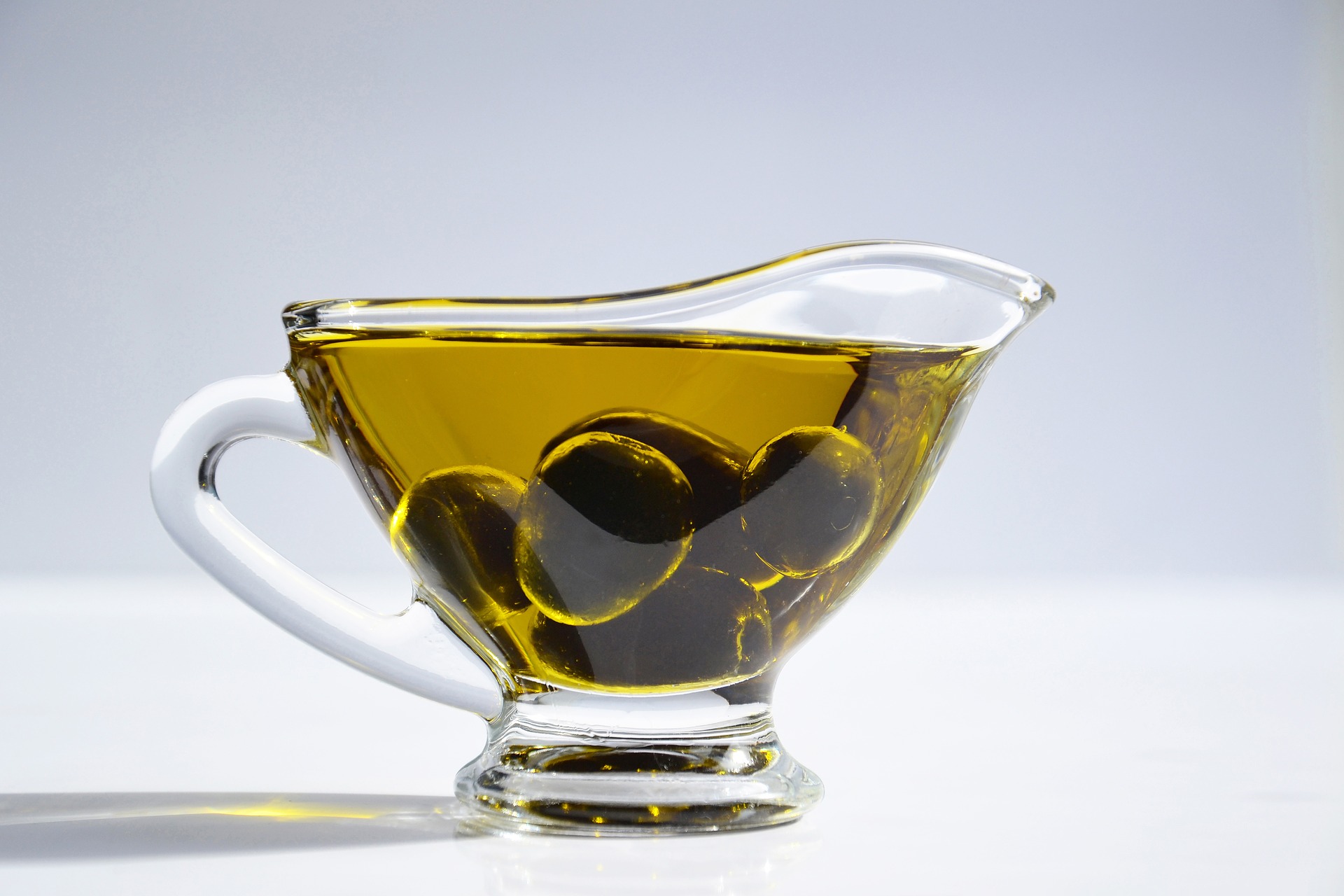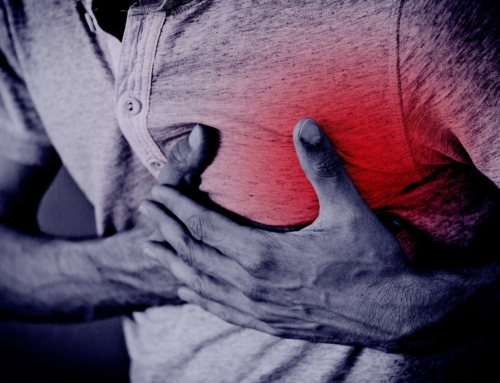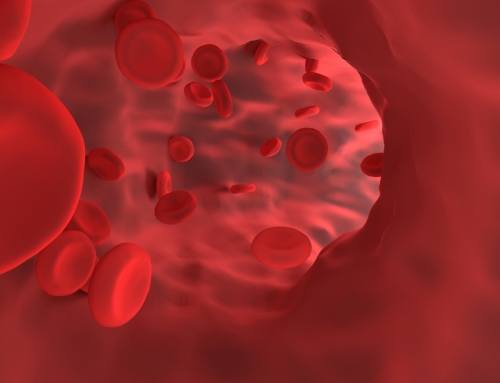I’m sure you grew up being taught to be as “fat free” in your diet as possible. I remember hearing that fats were bad for you and naturally concluded that fats in general were among the top five worst foods to eat. Recent studies are proving that fats are not only good for you but are beneficial. The key is understanding the differences between the fats.
There are three basic categories of fats: saturated, polyunsaturated and monounsaturated. Understanding these differences in these categories may help improve dementia, cholesterol, diabetes, some cancers and many other medical conditions. So, this information is a must read to help ourselves age gracefully. In addition, if you are joining us for our keto diet in January you will really want to know these differences.
First it is important to understand what fats really do. We know that fats are located in fat cells and are stored (much to our dismay sometimes) all over the body in “adipose” tissue. However, the second highest concentration of fats is in our brain and nervous system. Fats help provide support for nerves and their connections by helping make a protective covering for the nerves throughout the body. Fats also provide a protective covering around our organs to prevent damage while we move around. Fats are a structural component to our cell walls and are also an important part of our sex hormones. A study comparing a low-fat diet and two versions of a Mediterranean diet higher in monounsaturated fats showed the risk of stroke, heart attack or death was reduced by 30% in the individuals eating the most fat (compared to the low fat group).
The differences in fats that makes them saturated, polyunsaturated and monounsaturated has to do with the chemical bonds in their structures. So just trust me that there are differences that classifies them in different categories that goes way beyond what we need to discuss. Now, let’s dive into which fats are good, bad and ugly…
Saturated fats: good and bad guys
Saturated fat is found in animal proteins and is typically solid at room temperature. They have a high melting point which makes them good to cook with. Typical foods that are high in saturated fats include: beef, pork, poultry, dairy products, fast foods, processed meats, vegetable shortening, nuts, coconut and palm oil. Just looking at this list, I hope it is obvious that some sources are very different from the others. For example, studies are showing that the saturated fats in coconut & palm oil as well as nuts actually may reduce your risk of heart disease and stroke while processed meats, fast food and vegetable shortening all increase the risk.
Polyunsaturated fats (PUFAs): good and bad guys
PUFAs are found in some nuts & seeds as well as fatty fish. Oils high in these fats include soy, corn, safflower, sunflower and cottonseed. They break down very easily and are susceptible to spoilage. Once again hopefully it is easy to see that there is a difference between nuts and good fatty fish compared to soy or corn oil. When “bad” PUFAs are broken down in the body they have a tendency to produce “free radicals” that may damage your cells in your body speeding up disease and aging process. A study comparing several different diets found the lowest risk of heart disease and death with those who had the highest intake of good PUFAs. This is because in this polyunsaturated fat category is something called Essential Fatty Acids. The word essential means that these are required from our diets and include two subtypes Omega 3 and omega 6.
PUFAs Omega 3’s – the good guys:
Omega 3 fats help lower triglycerides, may improve arthritis, depression and dementia. They are building blocks for cognitive function which is why they now recommend DHA for children but it is also very important for adults.
ALA: alpha linolenic acid is found in chia seeds, flaxseed, walnuts and canola
EPA & DHA: eicosapentaenoic acid & docosahexaenoic acid is found in fatty fish like salmon, mackerel, sardines, anchovies, & herring as well as sea vegetables and in a smaller amount meats and eggs.
PUFAs Omega 6’s – too much of these make them bad guys. In the right amount they can be ok as long as they are balanced with the Omega 3’s. The ideal ratio of Omega 6 to omega 3 is 1:1 but in our SAD diet (standard American diet) we are consuming ratios in the 10:1 range.
LA – Linoleic acid is found in safflower, sunflower, corn, soybean and cottonseed oils as well as processed foods
AA – arachidonic acid is primarily made from linoleic acid and is known to cause more inflammation
Monounsaturated fats (MUFAs): good guys
MUFAs are found in olive oil, avocados, nuts & seeds and are typically in liquid form. They break down easily with heat and air exposure which is why they aren’t good to cook with unless it is a low temperature. They are generally considered to be very good for your health and you may have heard of this category called Omega 9’s. Omega 9’s are not required from our diet because we can make these in our body from unsaturated fats.
Just to complicate things, real foods have combinations of saturated, MUFAs, & PUFAs. For example, Almonds have 8% saturated, 66 % MUFAs, and 26% PUFAs. Macadamia nuts have 16% saturated, 82% MUFAs, and 2% PUFAs and most nuts and seeds have a spectrum of these which is why certain nuts are considered more beneficial than others.
Trans-fats: the ugly, worst of the worst
Trans fats are artificial fats that were virtually in the majority of processed foods. They have finally been banned from foods after a landmark declaration by the American Heart Association directly linking consumption of trans-fats to heart attacks. There was a whole lot more going on than that to get trans fats taken out of our foods and the battle took over 10 years. The manufacturers are still in the process of removing them from foods so be on the look-out for the term “partially hydrogenated” which means they have trans fats in them.
Bottom line is do not be scared of fats, just make sure they are good fats.
To your health,
Laura









